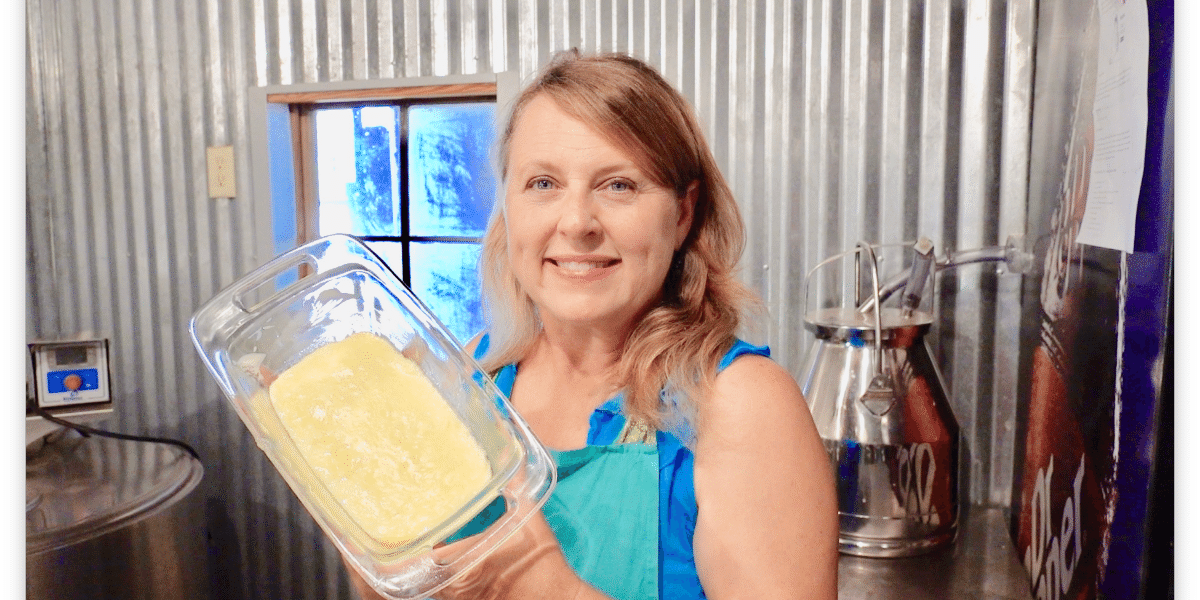Discover the Art of Floridia Cheese: An Overview to Cheese Makers Melbourne
Discover the Art of Floridia Cheese: An Overview to Cheese Makers Melbourne
Blog Article
Opening the Secrets of Artisanal Cheese Making: A Step-by-Step Do It Yourself Overview
In the realm of culinary craftsmanship, artisanal cheese making stands as a testament to the delicate equilibrium in between practice and technology. As we get started on this trip to demystify the art of producing splendid cheeses, we are faced with a tapestry of skills and secrets waiting to be untangled.
Picking the Right Milk
When getting started on the journey of artisanal cheese production, the option of milk plays an important function in figuring out the high quality and qualities of the final product. The sort of milk selected impacts the taste, structure, and in general profile of celebrity. Raw milk, right from the animal, is preferred by many artisanal cheesemakers because of its special blend of enzymes, microorganisms, and taste compounds. Nonetheless, making use of raw milk includes guidelines and risks, making sterilized milk a safer choice for novices.
Additionally, the source of the milk, whether from cows, goats, sheep, or buffalo, contributes unique tastes and characteristics to the cheese. Each type of milk brings its own nuances, enabling for a vast range of cheese varieties to be crafted based on the selected milk.
Culturing and Coagulating
To initiate the cheese-making process, the essential steps of culturing and coagulating should be very carefully carried out to change milk right into curds and whey. Culturing involves introducing useful germs to the milk, which then begins the fermentation process. These bacteria convert lactose (milk sugar) right into lactic acid, developing the acidic setting essential for coagulation. The sort of society utilized can substantially affect the flavor, texture, and ripening of the last cheese item.

The timing and temperature level control during culturing and coagulation are critical aspects that affect the final outcome of the cheese. Proper implementation of these actions is vital to make sure the preferred appearance, flavor, and uniformity of the artisanal cheese being produced.
Draining Pipes and Pressing Curds
After the milk proteins have actually coagulated and the curds have actually been cut to release whey, the following crucial step in artisanal cheese making entails draining pipes and pressing the curds to achieve the preferred appearance and uniformity of the final cheese product. The time for draining pipes can differ depending on the type of cheese being made and the preferred wetness web content.
Pushing assists remove any type of staying whey and compacts the curds to create a strong cheese wheel. Correct draining pipes and pressing are crucial steps that dramatically influence the top quality and attributes of the artisanal cheese being created.
Aging and Flavoring Techniques
Applying thorough aging and flavor techniques is pivotal in enhancing the deepness and complexity of artisanal cheeses, elevating their preference accounts to splendid levels of improvement and refinement. Aging plays a vital function in developing the distinct flavors and appearances that differentiate artisanal Floridia Cheese Melbourne cheeses. During the aging procedure, cheeses are kept in carefully regulated atmospheres where factors such as humidity, temperature level, and air flow are controlled to urge the growth of beneficial mold and mildews and bacteria. This regulated environment enables celebrity to develop gradually, developing complicated aromas and rich tastes.
Flavoring methods additionally add considerably to the last preference of artisanal cheeses. Cheesemakers might choose to introduce added flavors by incorporating ingredients such as natural herbs, seasonings, and even fruits into celebrity during the production process. Furthermore, some cheeses are cleaned or massaged with numerous fluids, such as salt water or alcohol, to enhance their structures and flavors.
Wrapping and Keeping Cheeses

Final Thought
In conclusion, understanding the art of artisanal cheese making involves meticulously picking the ideal milk, following accurate culturing and coagulating processes, draining and pressing curds properly, and utilizing different aging and flavoring techniques. Bear in mind to cover and store your cheeses correctly to guarantee optimum flavor and texture development.
Each type of milk brings its own subtleties, permitting for a broad array of cheese selections to be crafted based on the picked milk.After the milk healthy proteins have actually coagulated and the curds have been reduced to release whey, the following essential step in artisanal cheese making entails draining pipes and pressing the curds to achieve the preferred appearance and consistency of the last cheese product. A lot of cheeses must be covered in wax paper or cheese paper to permit them to take a breath while safeguarding them from drying out. For cheeses that require to proceed aging, such as bloomy rinds or cleaned skins, guarantee they are stored in a trendy setting like a cheese cave or a fridge set to the proper temperature. By paying interest to the covering and storage space of artisanal cheeses, cheese manufacturers and enthusiasts can maintain the stability of these delicacies and completely enjoy their intricate tastes.
Report this page